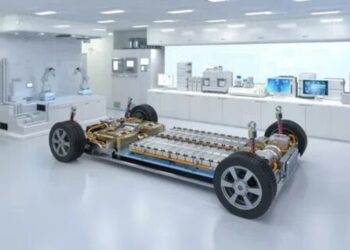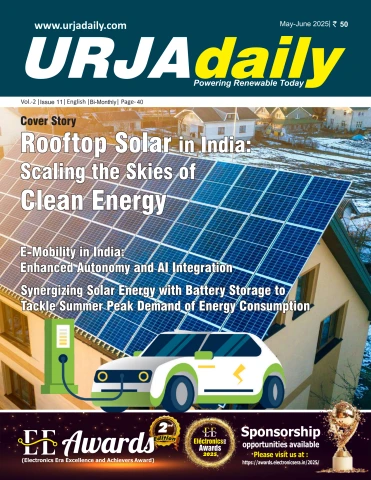According to a new report published by Allied Market Research, the low carbon building market size was valued at $0.6 trillion in 2023, and is estimated to reach $1.3 trillion by 2033, growing at a CAGR of 9.1% from 2024 to 2033.
A low carbon building is a structure designed and operated to minimize carbon dioxide emissions throughout its lifecycle, from construction to demolition. This is achieved by using energy-efficient designs, renewable energy sources, and sustainable building materials that reduce the environmental impact. These buildings prioritize energy conservation, water efficiency, waste reduction, and the use of eco-friendly technologies, aiming to lower their carbon footprint.
Low carbon buildings play a crucial role in combating climate change, enhancing resource efficiency, and promoting sustainability in residential, commercial, and industrial construction sectors.
Asia-Pacific was the highest revenue contributor, growing at a CAGR of 9.5%.
The key players operating in the low carbon building market forecast are Honeywell International Inc., Johnson Controls, Saint-Gobain, Kingspan Group PLC, CEMEX S.A.B DE C.V., Skanska AB, CRH plc, VEXO International, Kenoteq, and VINCI Energies Building Solutions.
The adoption of low carbon buildings is driven by the urgent need to mitigate climate change, stricter government policies on carbon emissions, and growing awareness of sustainable practices.
Financial incentives such as tax credits, green certifications, and subsidies, along with advancements in renewable energy and energy-efficient technologies, are key enablers.
Increasing consumer demand for eco-friendly structures further propels low carbon building market growth.
The low carbon building market trend include smart city projects, as they focus on integrating sustainable and energy-efficient infrastructure into urban development.
As cities around the world grow and evolve, there is a growing emphasis on using technology and innovation to make urban environments more sustainable, livable, and resource-efficient.
Smart city projects are designed to enhance the quality of life for residents while minimizing the environmental impact, and low carbon buildings play a central role in this vision.
In these projects, low carbon buildings are integrated into the overall urban infrastructure to ensure that energy consumption is minimized, and carbon emissions are reduced. For example, smart energy systems can be deployed to optimize energy use within buildings by adjusting heating, lighting, and cooling based on occupancy and environmental conditions.
Renewable energy sources, such as solar panels, wind turbines, and geothermal energy, are often incorporated into these buildings to reduce dependency on fossil fuels.
Additionally, smart cities leverage advanced data analytics and IoT (Internet of Things) technologies to monitor and manage energy use, water consumption, waste management, and transportation systems in real-time, improving overall efficiency. This approach not only helps reduce the carbon footprint of buildings but also enhances the sustainability of entire urban ecosystems.
Low carbon building market opportunities include innovations in green technologies such as advancements in building-integrated photovoltaics, smart energy management systems, and carbon capture materials. These are reducing costs and making low carbon solutions more accessible.
Governments and private investors are channeling substantial funds into smart city projects, which emphasize sustainable and energy-efficient infrastructure. Such initiatives create a supportive ecosystem for the growth of low carbon buildings.
In emerging economies, rapid urbanization presents a unique opportunity to integrate low carbon practices from the outset of development, bypassing the inefficiencies of traditional construction.
One of the primary restraints is the high initial costs associated with sustainable construction materials and advanced energy-efficient technologies. Products like high-performance insulation, renewable energy systems, and eco-friendly building materials often come at a premium compared to conventional alternatives, deterring budget-conscious builders and developers.
In regions with limited awareness of sustainability’s benefits or lack of financial incentives, the adoption of low carbon practices is further hindered. Additionally, retrofitting existing buildings to meet low-carbon standards is technically complex and costly, as older structures may require substantial upgrades, such as replacing inefficient systems or installing renewable energy solutions.
Based on building type, the market is categorized into residential, commercial, and industrial.
By component, the low carbon building market is classified into HVAC systems, green roofing & solar panels, lightning solution, and others. HVAC systems segment was the highest revenue contributor to the market growing with a CAGR of 8.9%.













